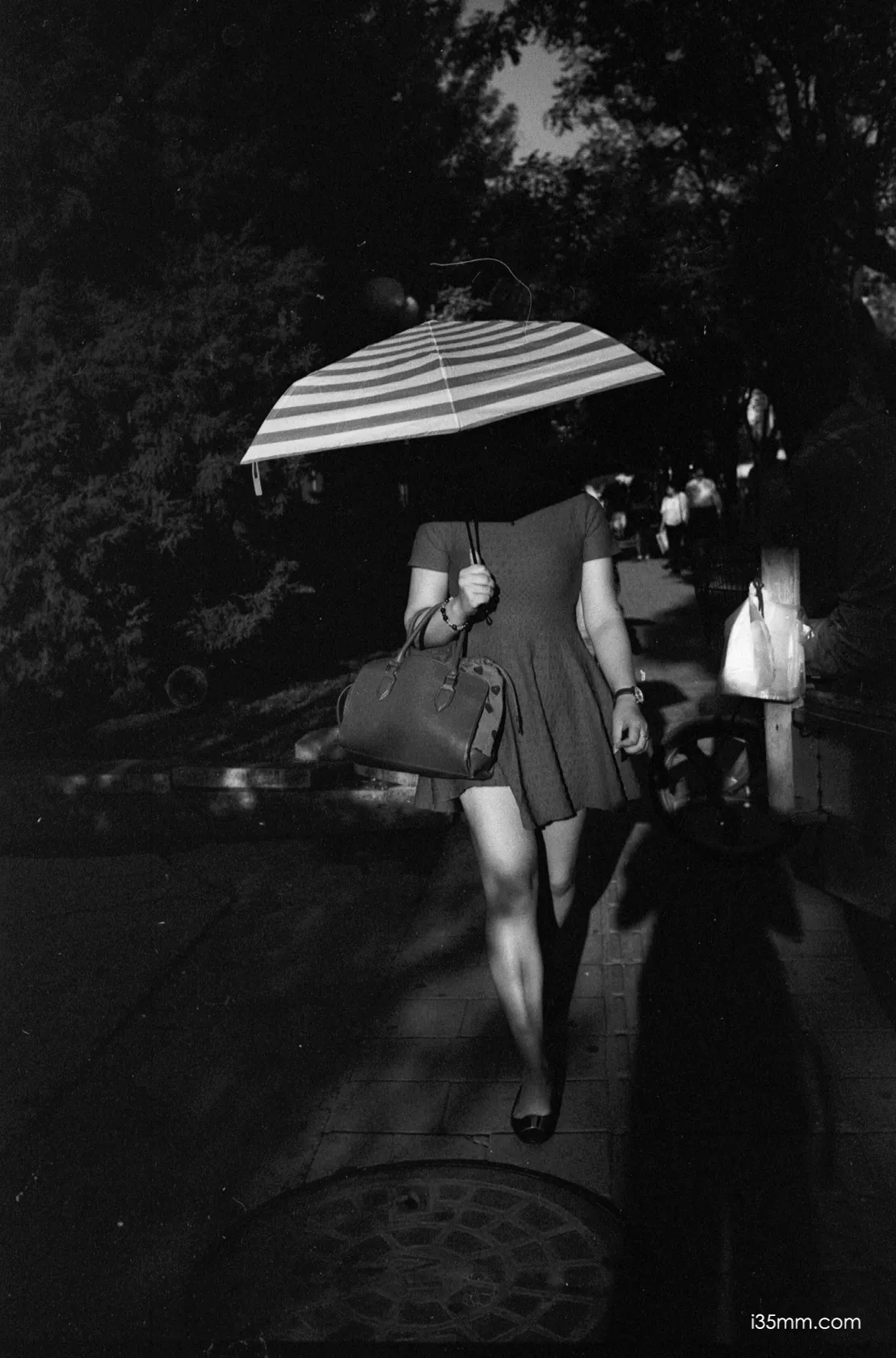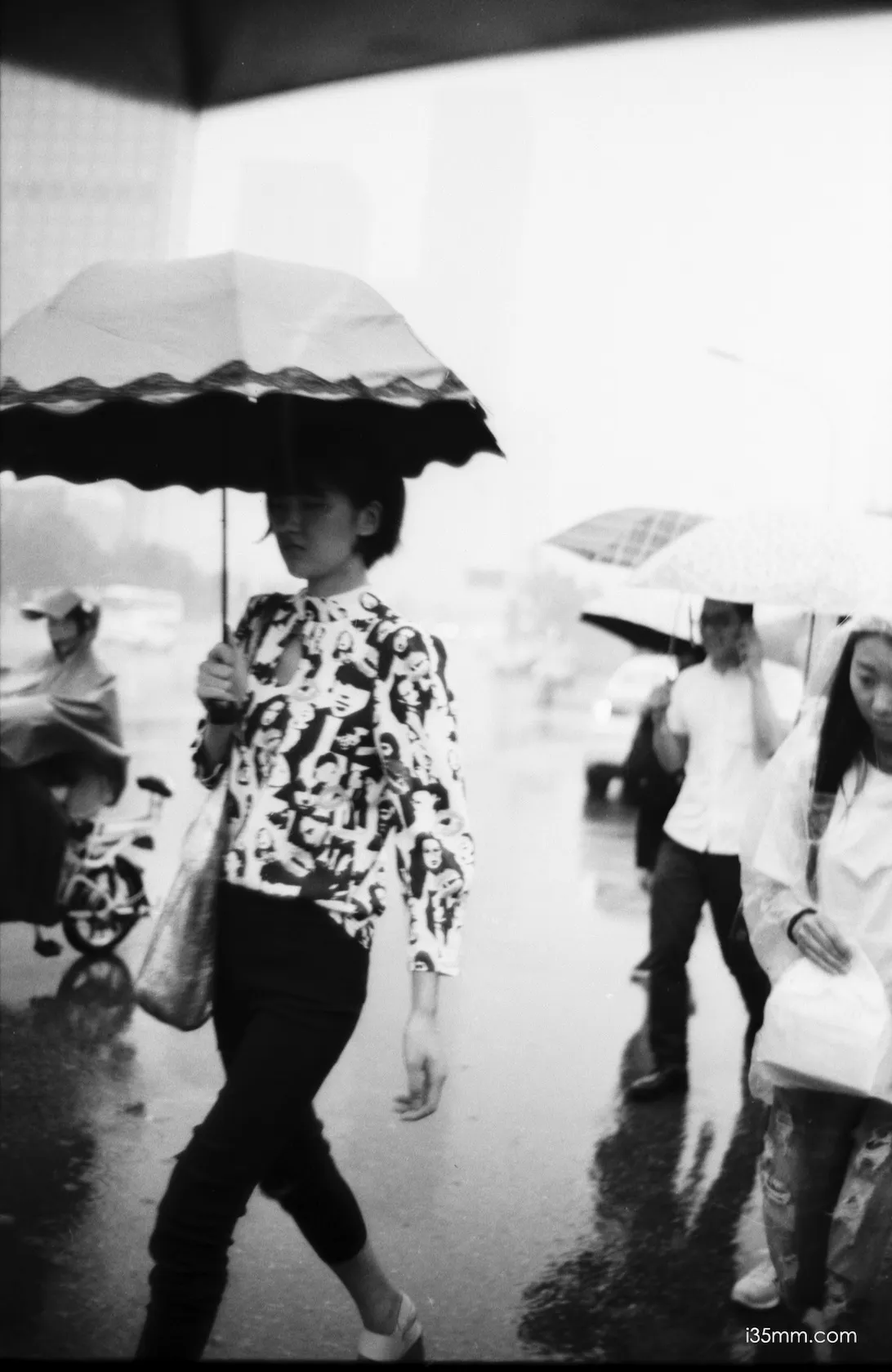Use Leica ASPH lenses with film
I have shot film with a summmicron 35mm f/2 asph lens and it is very sharp. But I use more of the older Leica lenses on film. About 80% of the film in my photo library was shot with non-ASPH lenses.


For a long time I have been using the Summilux 35 f/1.4 first generation. In fact, it is so sharp from f/4 to f/8 that it is indistinguishable from an asph lens. Since the maximum shutter speed of a Leica film camera is 1/1000s, on a sunny day the aperture has to be contracted to f4 or even less and you have little chance to use the f/1.4 aperture. On a cloudy day or indoors, f/1.4 produces excellent three-dimensional images, although they are less sharp. To be honest, you really don’t need the sharpness of f/1.4 for film photography.
I have also shot film with the Leica Summilux 35mm f/1.4 asph lens and like it very much as well, it is an excellent lens. It is not only sharp but has good color contrast. I used to shoot with ND filters and f1.4 aperture. I mainly use ASPH lenses on Leica m9 digital cameras. Also the Summicron 35 asph, Summicron 28 asph and Elmarit 28 asph are very sharp and have higher contrast than older lenses. However, many of Leica’s non-ASPH lenses are very sharp, such as the Summicron 35mm f/2 v1 and Summicron 50mm f/2 v4, and remain sharp when used on digital cameras.
Interestingly, while we all love sharp lenses, I find that my favorite photos seem to be less sharp, especially with film photography. Maybe that’s why Leica’s classic lenses are still viable.





